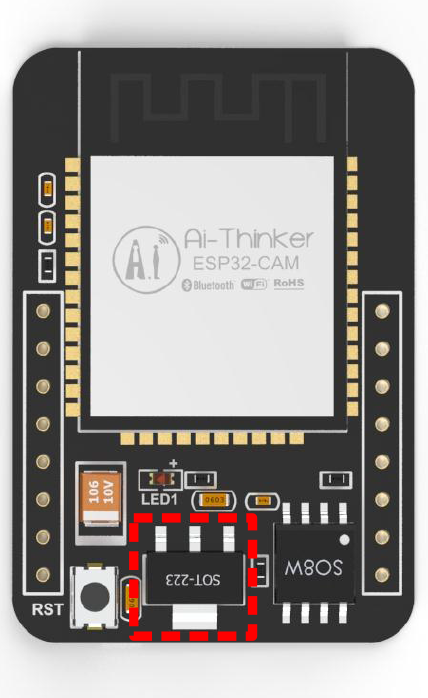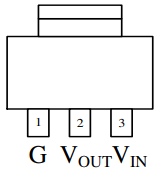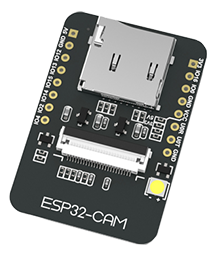The ESP32-CAM uses the fixed, linear voltage regulator AMS1117-3.3 from Advanced Monolithic Systems (AMS) that possesses a built-in protection against short circuit and thermal overloads:


For instance, the circuitry-wise thermal protection will shut-down the linear regulator in case the junction temperature is above 165 °C at the sense point. It provides an output voltage of 3.3V by a maximum output current of 1.5A and a maximum input voltage of 15V. The AMS1117-3.3 guarantees a low dropout voltage (input-to-output differential: VDROPOUT = VIN – VOUT) of maximum 1.3V at the maximum output current of 1.5A. The dropout voltage decreases at lower load currents and operates down to 1V dropout voltage. The on-chip trimming develops a reference voltage of 1.25V between the output and the ground with a precise reference tolerance of 1.5%.
Electrical Characteristics
The table below shows the electrical characteristics of the AMS1117-3.3 at IOUT = 0 mA, and TJ = +25°C (unless specified otherwise):
| Parameter | Conditions | Min | Typ | Max | Units | |
| Reference Voltage | IOUT = 10 mA 1.5 V ≤ (VIN – VOUT) ≤ 12 V | 1.2125 | 1.250 | 1.2875 | V | |
| Output Voltage | VIN = 4.8V | 3.201 | 3.300 | 3.399 | V | |
| Line Regulation | 1.5V ≤ (VIN – VOUT) ≤ 12V | 1.0 | 10 | mV | ||
| Load Regulation | VIN = 4.75V, 0 ≤ IOUT ≤ 0.8A | 7 | 25 | mV | ||
| Dropout Voltage | ∆VOUT, ∆VREF = 1%, IOUT = 0.8A | 1.1 | 1.3 | V | ||
| Current Limit | (VIN – VOUT) = 1.5V | 900 | 1100 | 1500 | mA | |
| Minimum Load Current | (VIN – VOUT) = 1.5V | 5 | 10 | mA | ||
| Quiescent Current | (VIN – VOUT) = 1.5V | 5 | 11 | mA |


Neueste Kommentare